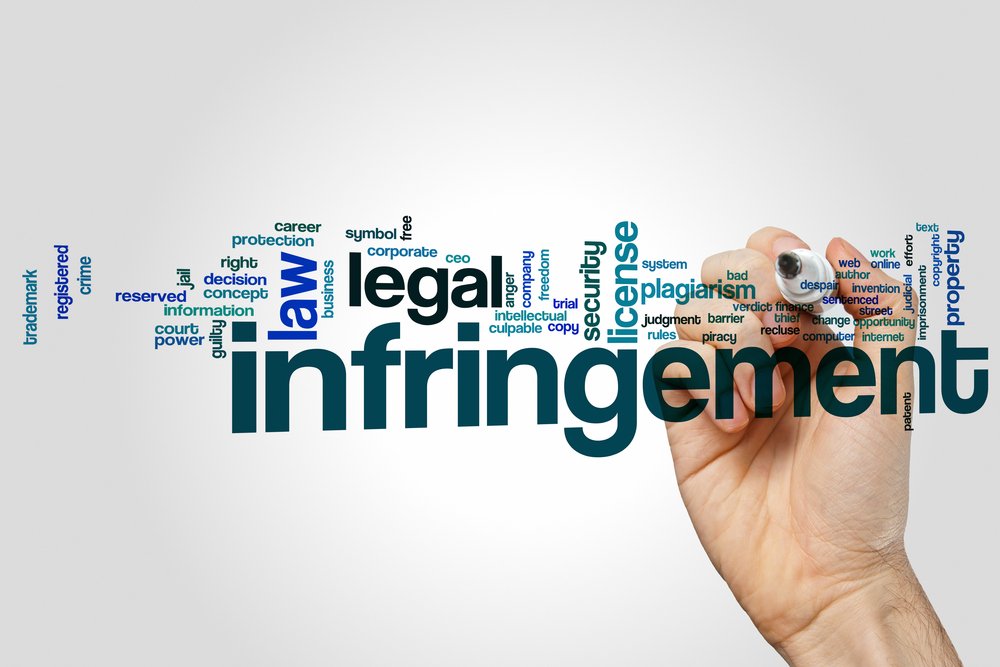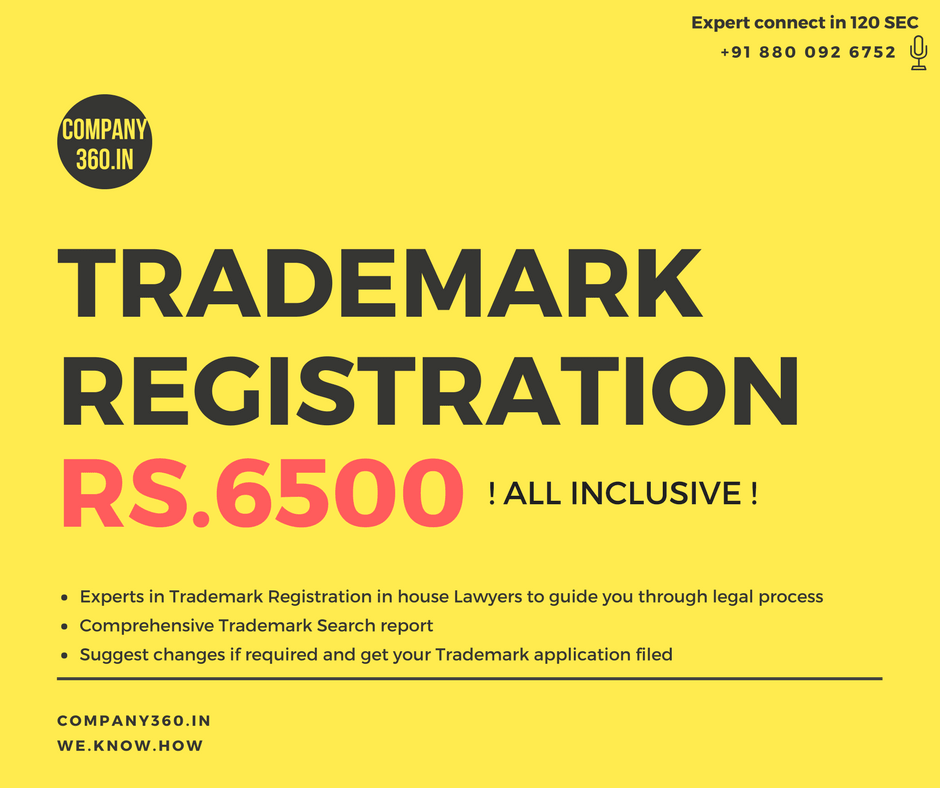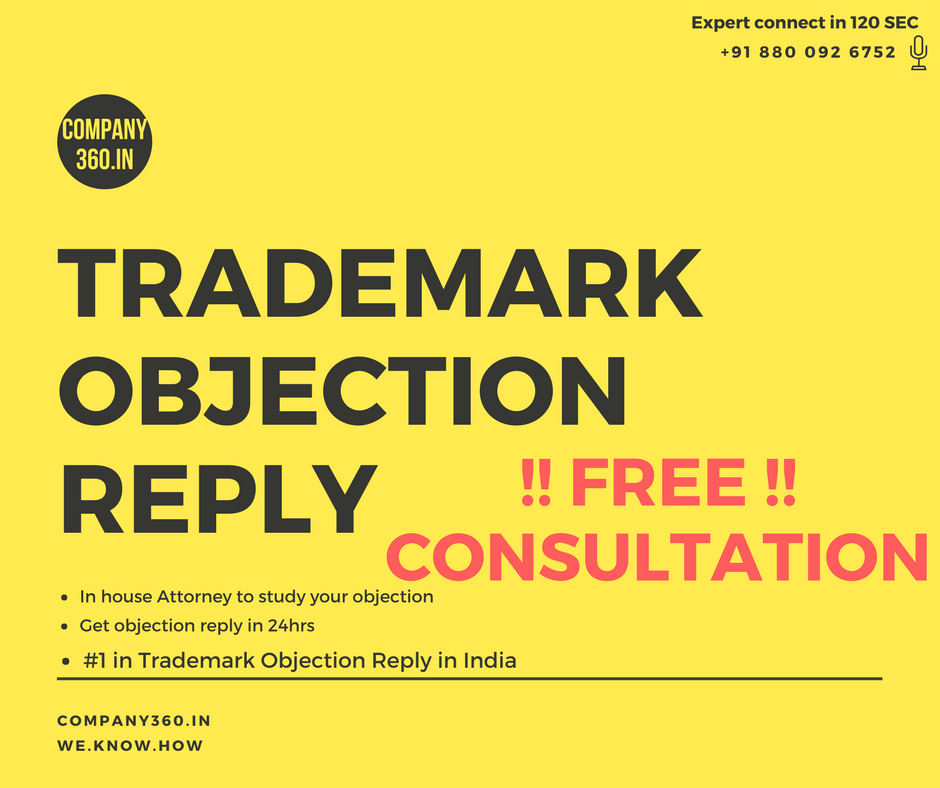
A trademark is a visual symbol of a particular brand or business which helps to distinguish it from others in the market. It can be in the form of a logo, symbol, signature, name, label or a combination of colors. In India, trademarks are protected by the Trademark Act, 1999 which grants protection for a period of 20 years. The two essential requirements for getting a mark registered are its unique ability to distinguish the products and also its ability to be graphically be represented. If these two criteria’s are met then, the proprietor can go forward and register the mark. In this article, the author analyses the concept of opposition in filing trademark and whether an infringement suit can be filed simultaneously.
Even though trademark registration is optional, a registered trademark owner gets exclusive rights over the mark and can exclude others from using or marketing it. The person gets two rights in case of infringement. He can file for an opposition with the registrar or file for an infringement suit.
Filing an opposition- Under section 21, ‘any person’ can file the notice of opposition, including companies, partnership firms or individuals. If two or more persons have filed for opposition against the same case, they can be joined together. Generally an already existing registered owner of a mark or a prior user files for opposition.
Here are some of the grounds for which an opposition can be filed:
- The trademark sought to be registered is similar/ identical to an already existing mark.
- The said mark is devoid of distinctive character.
- It is descriptive in nature.
- The application has been filed with mala fide intention.
- The said mark is customary in nature or so common in the established practices of business that granting the registration for the said mark will be against such practices.
- It is likely to cause confusion in the minds of the people.
- The mark is contrary to the law or is prevented by any law in force.
- It is prohibited under the Emblem and Names Act, 1950.
- The said mark is likely to hurt the religious sentiments of any class or section of the society.1
Such a notice of opposition must be filed at the trademark registry where the conflicting mark is filed. Within four months from the date of advertisement, any person can file for the opposition then within two months from the date of notice; a counter statement can be filed. If not filed within the said period it will be deemed to be abandoned. The opponent can file for evidence in the form of affidavit within two months from the counter statement. And the other party can give evidence in support of the application within 2 months (extendable by one month). The opponent has got one more chance to reply to the evidence. The registrar then calls for hearing both the parties and after examining all evidences brought in, the registrar disposes the case. He can either grant the registration or refuse it. The decisions of the registrar can be appealed to the appellate board.
Any person can file an opposition, it is not necessary to have a registration in India to oppose a trade mark. But according to section 52, only a registered user/ proprietor of the trademark can set a criminal suit in action. Section 31 states that all the registration proofs and all subsequent assignments are an important factor in determining the prima facie evidence with regard to validity of a mark. Thus, the above said provision bars an unregistered proprietor from filing a suit, but he can file an opposition within the time frame prescribed by the Act.
A suit for infringement is more or less filed on the similar basis of grounds as stated earlier. He can get an injunction and obtain damages. As a remedy, the registered owner of a proprietor has three remedies available in his favor. The first option available is that he can file for a civil suit and claim a interlocutory order/ Anton pillar order/ John Doe order/ permanent or perpetual injunction or even claim for damages or accounts of profits. The second option available is for filing a criminal suit, the provisions for which has been explicitly mentioned in the Act. The maximum punishment can be up to 3 years. And finally the aggrieved person can get administrative reliefs such as, opposition against a similar mark, rectification of a registered mark or even recordal with the customs to prevent the export- import of infringed goods. There is no bar in opting to get reliefs from one or more of the above said reliefs. The only thing to be noted is that a non- registered proprietor of a mark cannot file an infringement or passing off suit. Also if both opposition and infringement suit is filed simultaneously, then the suit will be stayed until the disposal of opposition because once the opposition is successful there are no IP rights with the applicant.
Conclusion-
The relief under civil law and criminal law can be availed simultaneously by a registered trademark proprietor or prior user. The infringement can be even stopped by administrative remedies provided that the person files it within four months from the date of advertisement. Also such administrative reliefs can be availed by any person. If the said mark is registered then the person can file a rectification order for removal of such deceptive trademarks. In case of non- registered mark, a suit for passing off is the best option available.
- Trademark Opposition in India, MONDAQ, https://www.mondaq.com/india/trademark/521200/trademark-opposition-in-india.










